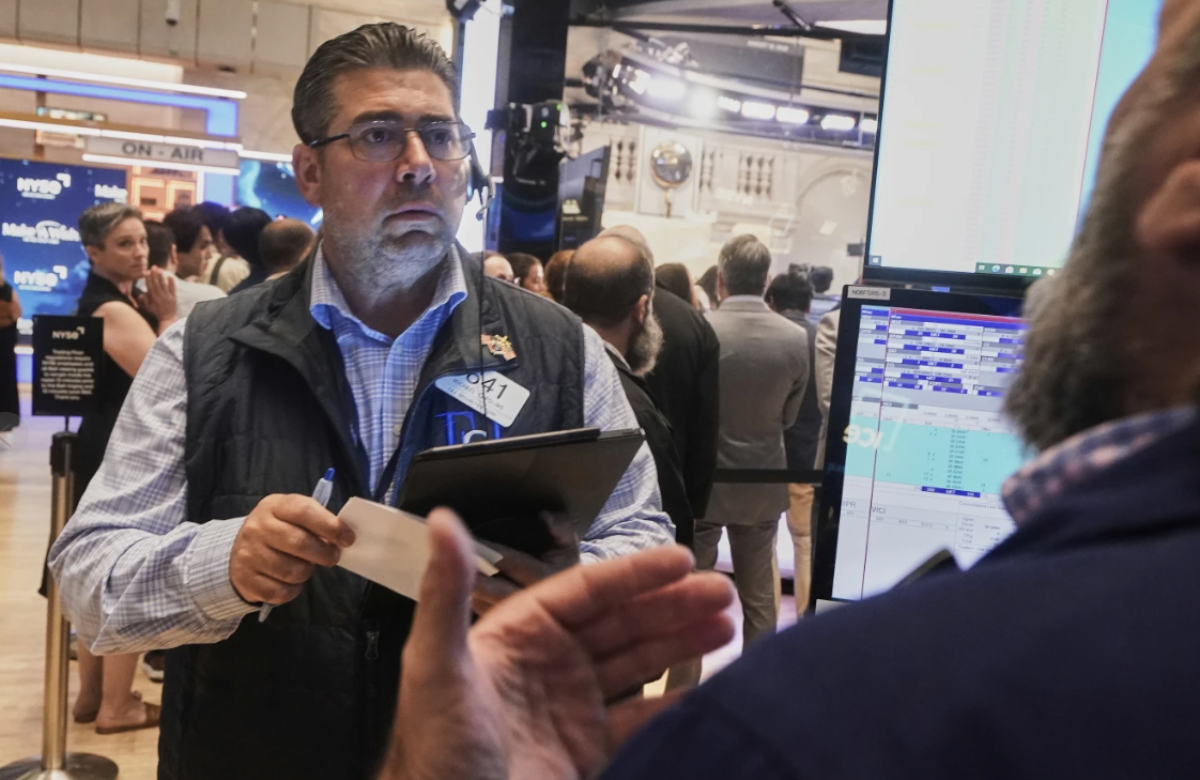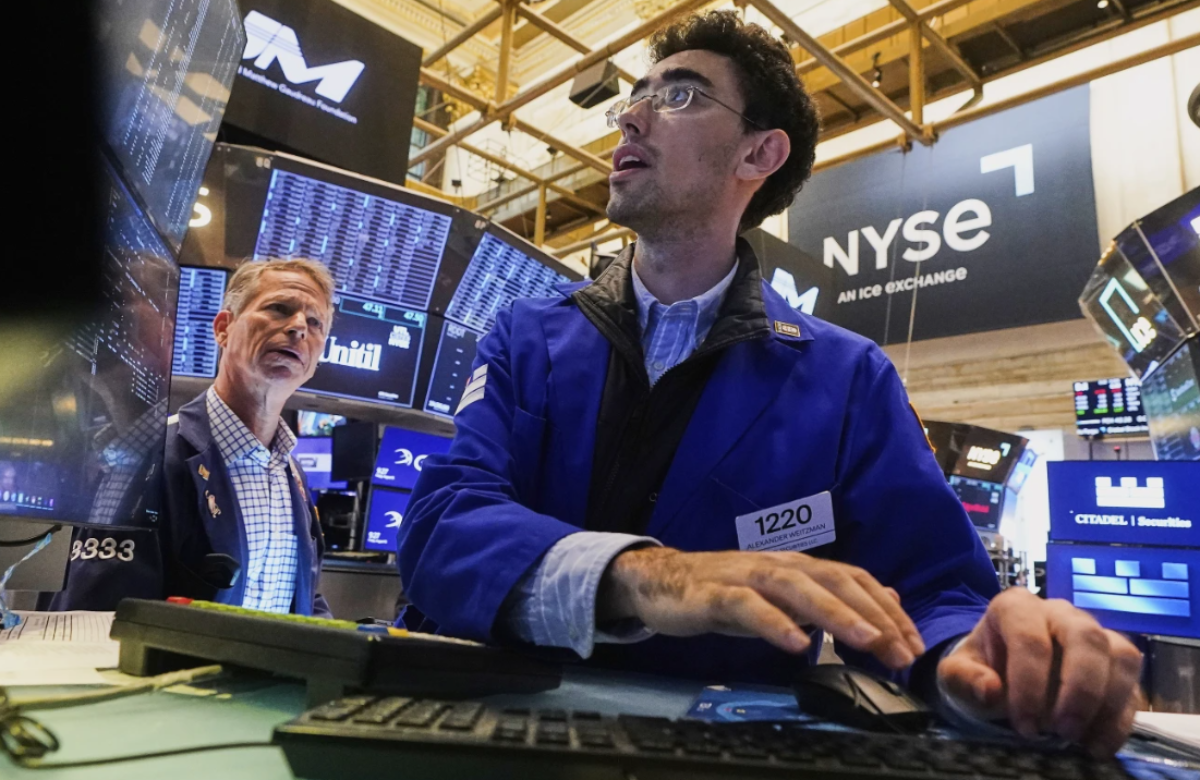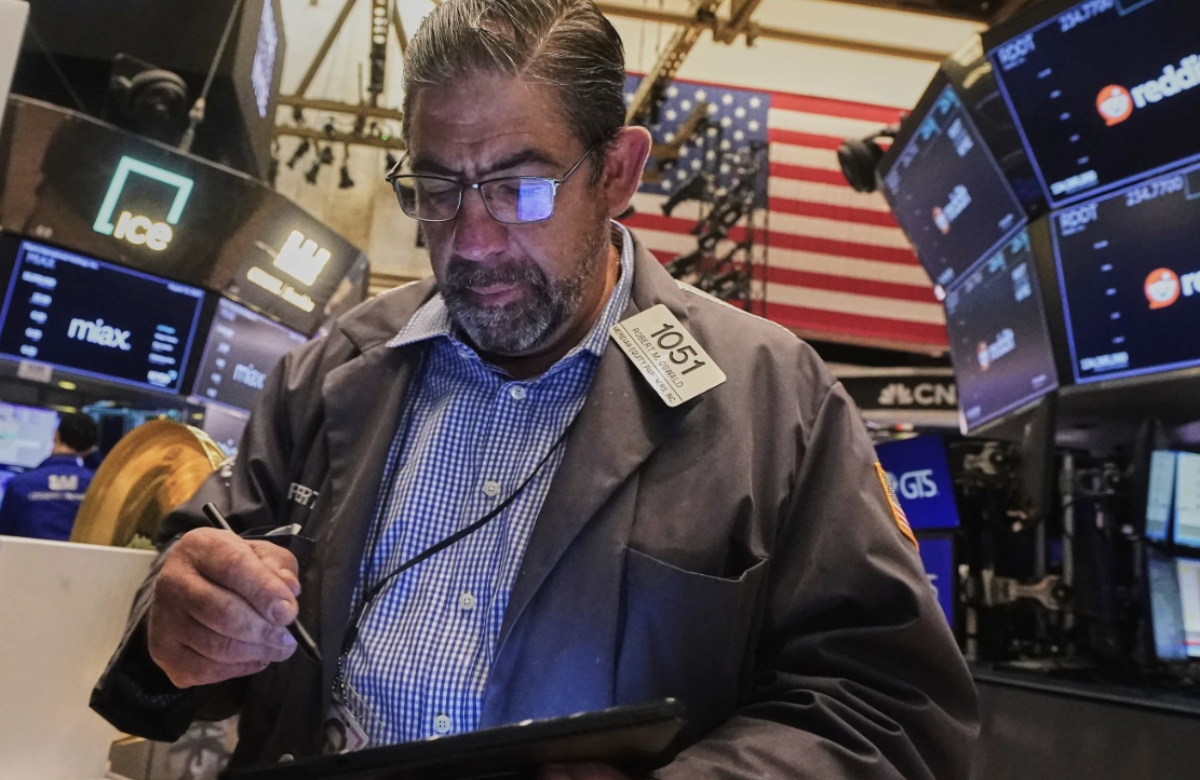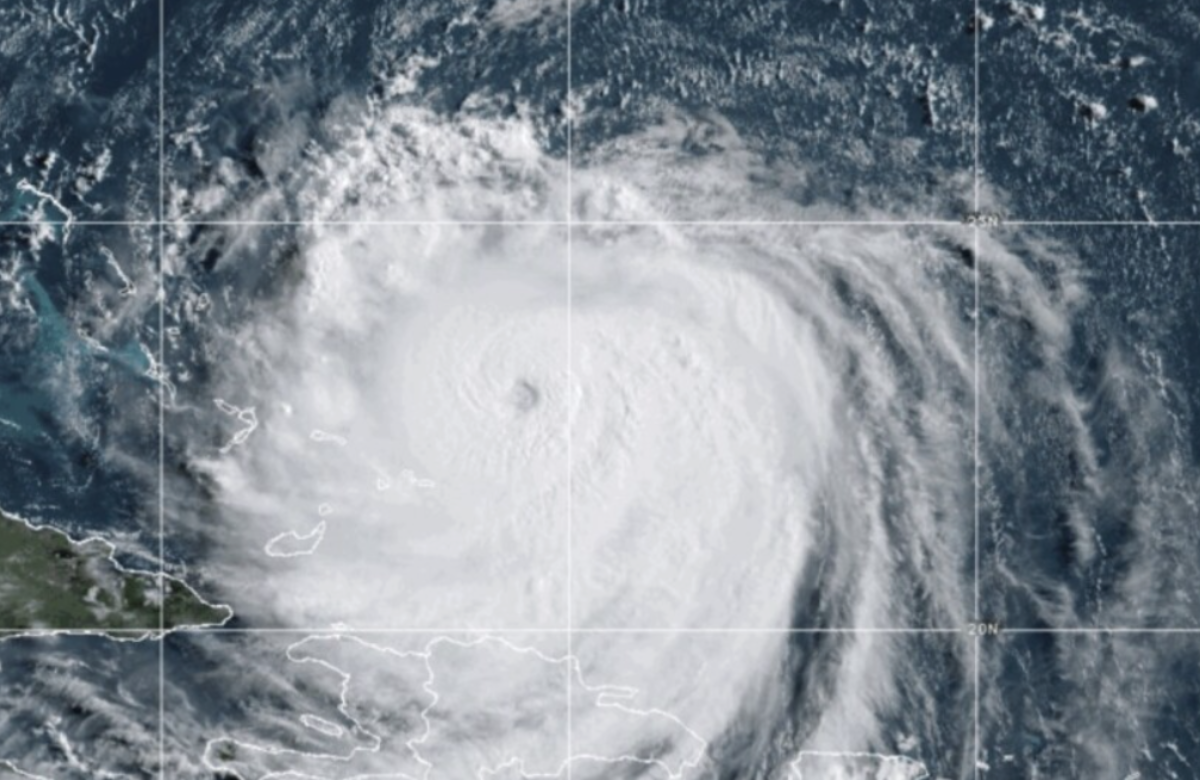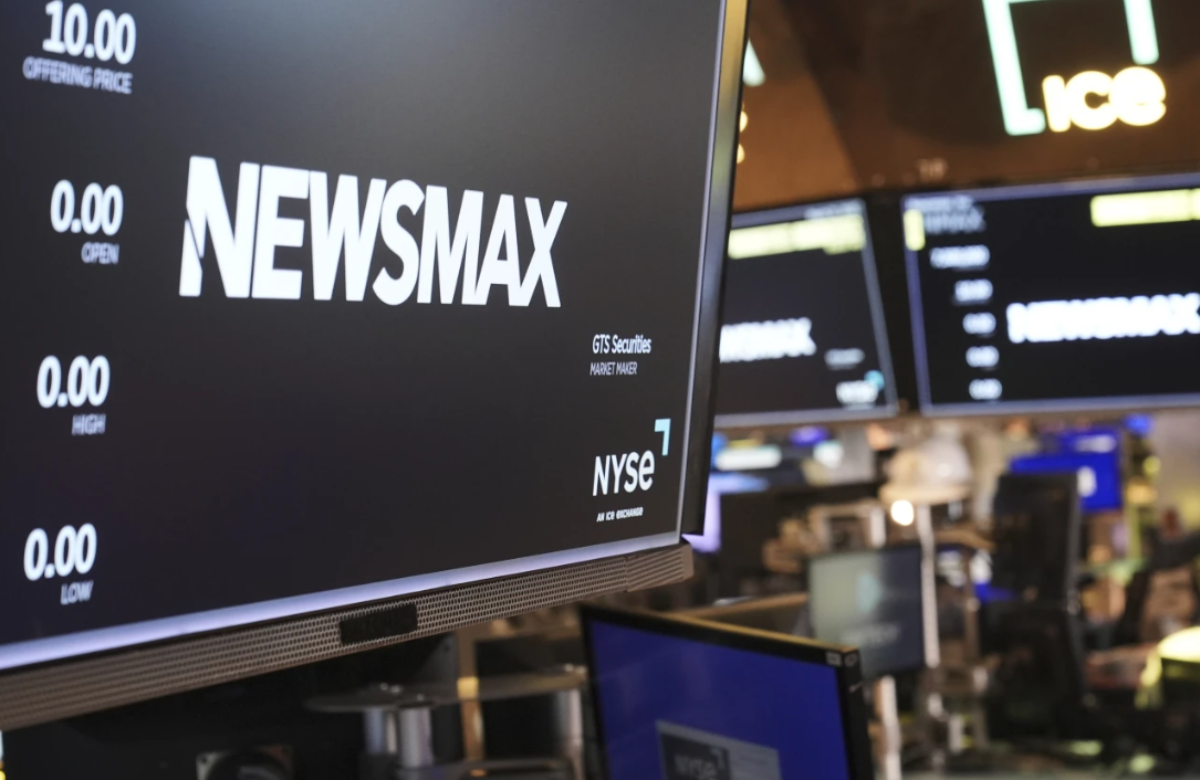Global stock markets tumbled significantly on Friday following the announcement of new tariffs by U.S. President Donald Trump, sparking fears of economic instability reminiscent of the market chaos during the COVID-19 pandemic in 2020.
The tariffs, dubbed “Liberation Day,” have triggered a sharp decline in a wide range of assets, including crude oil, major tech stocks, and the U.S. dollar. Even gold, traditionally seen as a safe haven, fell after reaching record highs. Economists warn that these tariffs could trigger a dangerous mix of slowing economic growth and rising inflation.
In early European trading, Germany’s DAX dropped 0.7% to 21,568.78, while France’s CAC 40 also fell 0.7% to 7,547.19. The UK’s FTSE 100 slipped 0.6% to 8,426.10. U.S. stock futures reflected continued anxiety, with the S&P 500 down 0.4% and the Dow Jones Industrial Average falling 0.5%.
Asian markets were less affected as many, including Shanghai, Taiwan, Hong Kong, and Indonesia, were closed for holidays. However, Tokyo’s Nikkei 225 plummeted 2.8% to 33,780.58, and South Korea’s Kospi fell 0.9% to 2,465.42. In Australia, the S&P/ASX 200 declined 2.4%, while Bangkok’s SET dropped 2.6%.
The U.S. dollar weakened slightly against the Japanese yen, falling from 146.06 to 145.87 yen. The yen is typically a refuge during economic uncertainty, while Trump’s policies aim to devalue the dollar to boost U.S. exports. The euro edged lower against the dollar, moving from $1.1055 to $1.1054.
Trump’s new tariffs include a minimum 10% tax on global imports, with much higher rates for goods from countries like China and the European Union. Some smaller, less wealthy Asian nations face tariffs as steep as 49%.
According to UBS, these tariffs could reduce U.S. economic growth by 2 percentage points and push inflation close to 5%. The scale of this potential impact has left many economists questioning whether the tariffs will remain in place long-term.
While Trump downplayed the economic risks, claiming the markets and the economy would thrive, Wall Street responded with sharp declines. The S&P 500 fell 4.8% to 5,396.52, the Dow dropped 4% to 40,545.93, and the Nasdaq tumbled 6% to 16,550.61. Smaller U.S. companies were hit hardest, with the Russell 2000 index falling 6.6%, now more than 20% below its peak.
Despite expectations of new tariffs, the scale of the sell-off exceeded fears. Some analysts speculated Trump might use tariffs as leverage in trade negotiations rather than as a long-term strategy. However, Trump has suggested he views them as a tool to bring manufacturing jobs back to the U.S., a process that could take years.
The Federal Reserve may respond by cutting interest rates to support the economy, but such cuts could worsen inflation, already a concern given rising consumer costs from the new tariffs. U.S. Treasury yields dropped, reflecting both concerns about the economy and the likelihood of rate cuts. The yield on the 10-year Treasury fell from 4.20% to 4.04%, down from around 4.80% in January.
Despite the turmoil, a report showed that U.S. jobless claims fell unexpectedly, while business activity in sectors like transportation and finance grew, albeit below forecasts.
Oil prices also took a hit, with U.S. benchmark crude down $1.27 to $65.68 a barrel, and Brent crude falling $1.26 to $68.88.



